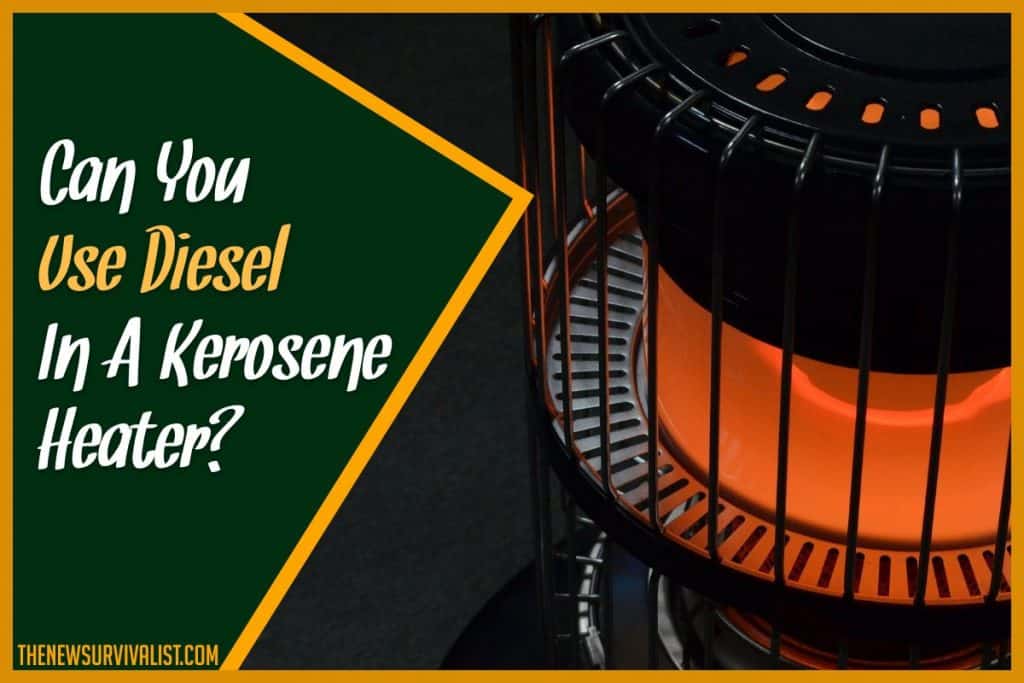Kerosene heaters are efficient ways to keep your space warm. They’re not reliant on energy which is why they’re ideal for disaster situations. Kerosene heaters are also known as multi-fuel heaters that can operate on a variety of fuels.
Can you use diesel in a kerosene heater? Yes, you can use diesel in a kerosene heater. However, you need to prepare the diesel first through three steps:
- Prepare the correct type of diesel
- Use diesel additives
- Use the correct type of wick
Using diesel in a kerosene heater isn’t heavily recommended, but you might have to resort to it during emergencies.
Types Of Kerosene Heaters
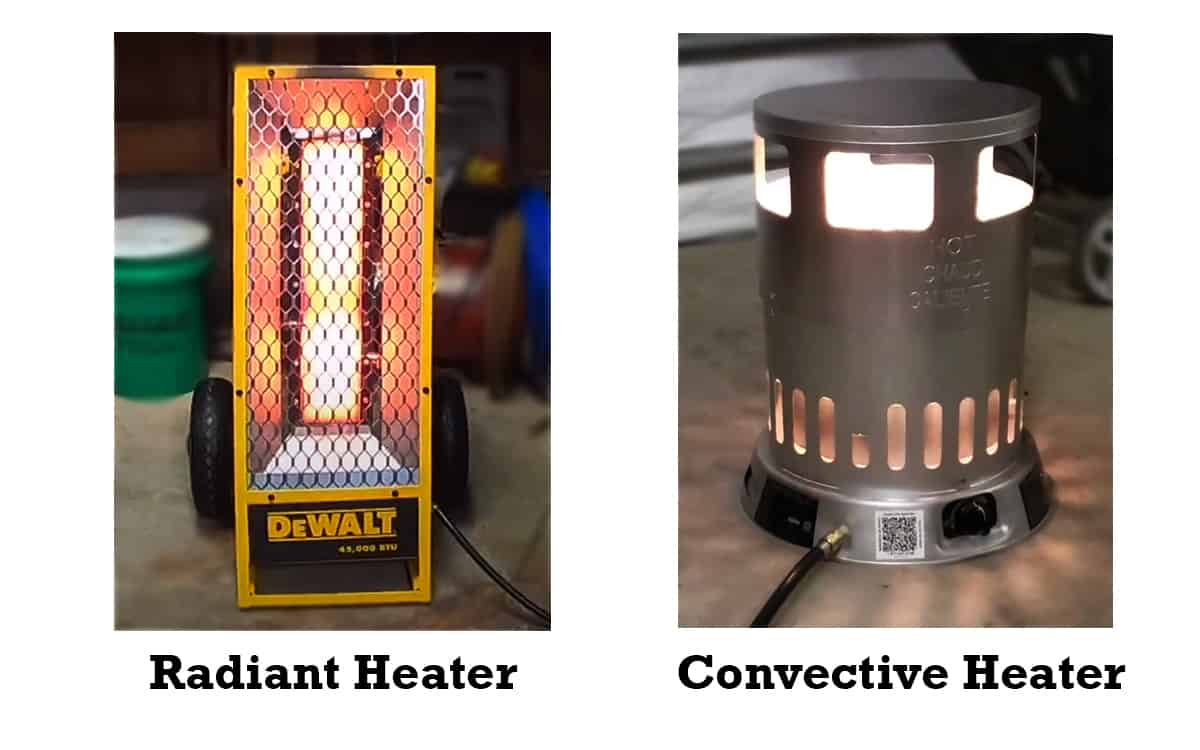
There are two main types of kerosene heaters: convective heaters and radiant heaters. You can get one depending on your specific needs and preferences.
Convective Heaters
Convective heaters are better for warming up large spaces. They emanate warm air in all directions so it covers more areas. You can actually use one to heat up your entire house. The only inconvenience is the process of refilling the tank with fuel. The tank cannot be separated from the rest of the heater which means that you have to haul the entire heater outside to get it refilled.
Radiant Heaters
This type of heater warms up a smaller area compared to convective heaters. These are rectangular and likewise uses a wick and a combustion chamber. Another special feature is the presence of reflectors that directs the heat in your direction. The reflectors allow for targeted heating.
This type also has removable tanks so it’s easier to refill. Make sure to use a siphon pump and fuel gauge when refilling.
Downsides Of Using Diesel In Kerosene Heaters
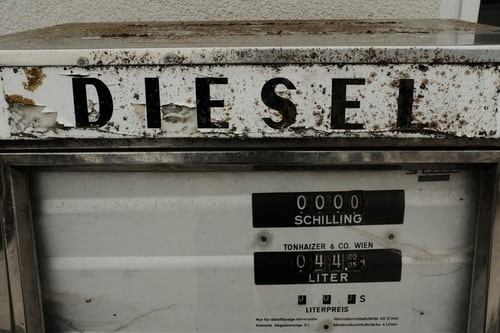
There are a few disadvantages to using diesel in kerosene heaters. Diesel will shorten the lifespan of your wick and it doesn’t burn as cleanly as kerosene.
Diesel Affects Wick
Diesel isn’t readily combustible. You can light a puddle of diesel with a match but it won’t burn. However, it will burn if the diesel is sprayed as a fine mist before getting lit. That’s why diesel is often used by being injected into an engine.
It also doesn’t evaporate well which means that it won’t travel up the wick as fast as kerosene does. As a consequence, the wick will get burned and you’ll need to replace it more often.
Doesn’t Burn Cleanly
Diesel burns cooler so it’s not as efficient in generating heat. It also racks up carbon at a faster rate due to its incomplete combustion. As such, you’ll notice that it will quickly accumulate carbon build-up on your wick. There may even be instances that it will char the wick completely because it doesn’t evaporate as quickly as kerosene. As such, you’ll need to replace the wick more often.
Even the quality of the smoke is not as clean as kerosene. Diesel produces tinted or dark-colored smoke that stains the wick as well as the walls of the house. This fuel also produces a lot of by-products that can seriously harm your eyes and lungs. These by-products include carbon monoxide, carbon dioxide, nitrogen dioxide, and sulfur dioxide.
Proper Use of Diesel in Kerosene Heaters
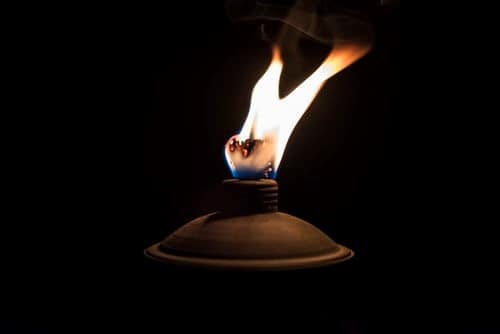
You can burn diesel in your kerosene heater for as long as you do it properly and safely.
Prepare Your Diesel
The best way to store your fuel is through gas caches. The tanks must be stored in color-coded tanks: gasoline in red containers, kerosene in blue, and diesel in yellow. Go for the ultra-low sulfur diesel fuel or ULSD which can be stored anywhere from 6 to 12 months, but can last longer if mixed with additives.
For the best results, use a number 1 diesel. This type is the one that’s closest to kerosene which makes it a good substitute. Number 1 diesel doesn’t have aromatic compounds. It produces 135,000 BTU per gallon which is similar to kerosene. Number 1 diesel also burns the cleanest among the different types.
Other diesel types like number 2 diesel or lamp oil may cause complications to your heater. These incompatible types may also severely damage your wick. In the worst-case scenario, these types can also release toxic fumes that will cause serious respiratory illnesses and asphyxiation.
Use Diesel Additives
Diesel additives help the diesel last longer and burn cleaner. Additives can also minimize the damages to your wick.
Some of the most common diesel additives include kerosene, isopropyl alcohol, and kerosene additives. Mix 5 millilitres of 91% isopropyl alcohol for every pint of diesel. You can also use kerosene as an additive by mixing it with diesel in a 1:3 to 1:5 ratio.
Use The Correct Type Of Wick
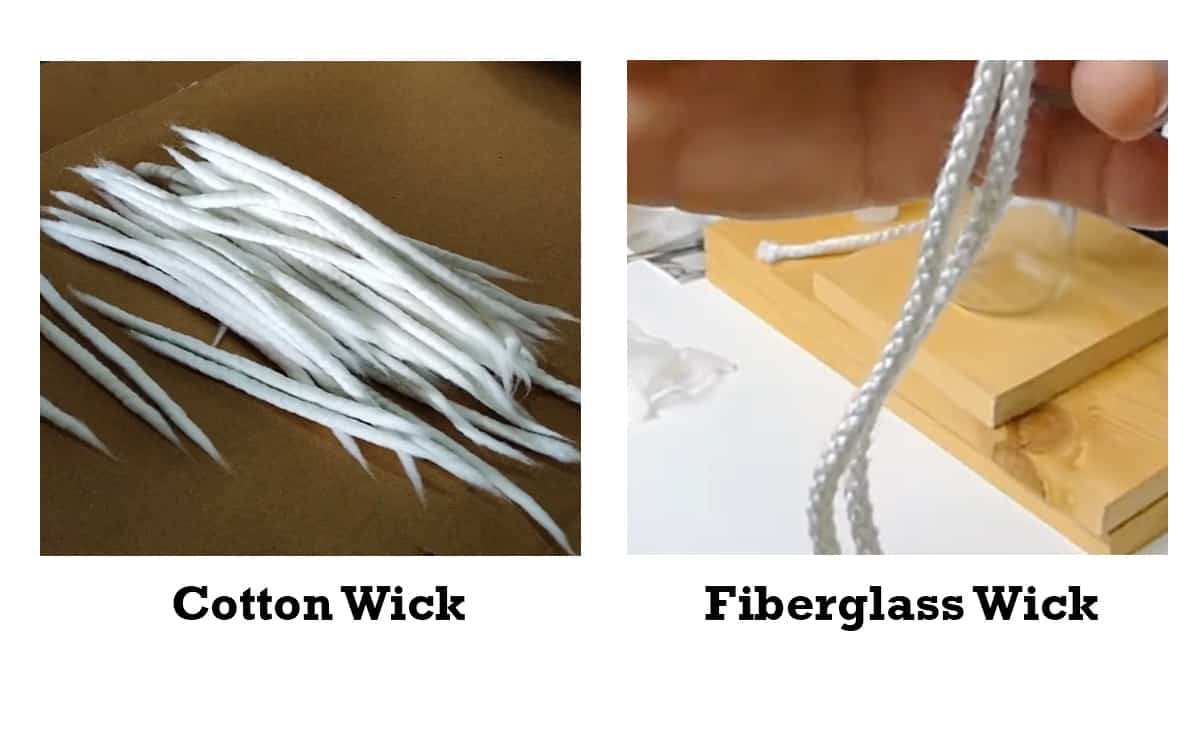
Use a high-quality wick that lasts for a long time and is more efficient at retaining the fuel. It’s recommended to use a wick made of a hundred percent cotton. There are two main types of wicks:
- Fiberglass wicks. Fiberglass wicks have a ring of fiberglass at the tip. These wicks are stronger than cotton wicks. They’re perfect for kerosene but not that great for diesel. That’s because the carbon buildup and charring at the tip mean that you’ll have to cut off the tip, thus rendering the wick ineffective. If you’ll use fiberglass wicks for diesel fuel, just make sure to regularly clean the fiberglass tip to keep it clog-free.
- Cotton wicks. Cotton wicks are better for burning diesel. They don’t last as long as fiberglass wicks but you have the liberty to just trim off the tip whenever it becomes clogged or charred. Under this category, you can choose between pinned and non-pinned wicks. Pinned cotton wicks have three pins that keep them in place. Non-pinned cotton wicks allow you to pull the wick up or down so you can freely trim them. This is the best option for burning diesel fuel in a kerosene heater.
Safety Reminders
Kerosene heaters can pose fire hazards. It’s important to take note of the following safety reminders to prevent a fire and to avoid damaging your kerosene heater.
Maintain Proper Ventilation
Burning diesel results in harmful by-products like carbon monoxide, sulfur dioxide, and nitrogen dioxide. These compounds can cause serious respiratory illnesses and even asphyxiation. Make sure to keep the windows open when using a kerosene heater with diesel fuel.
It also helps to install a CO2 detector in your room. This device measures the CO2 levels and alerts you if there’s a need for adequate ventilation.
Keep Away From Flammable Objects
Always supervise the heater. It shouldn’t be placed near flammable objects like clothing, curtains, paper, furniture, and bedding. You shouldn’t leave the heater unattended, especially in the presence of pets and children. Make sure to mount it on a sturdy location so that it won’t accidentally topple over.
Refilling The Tanks
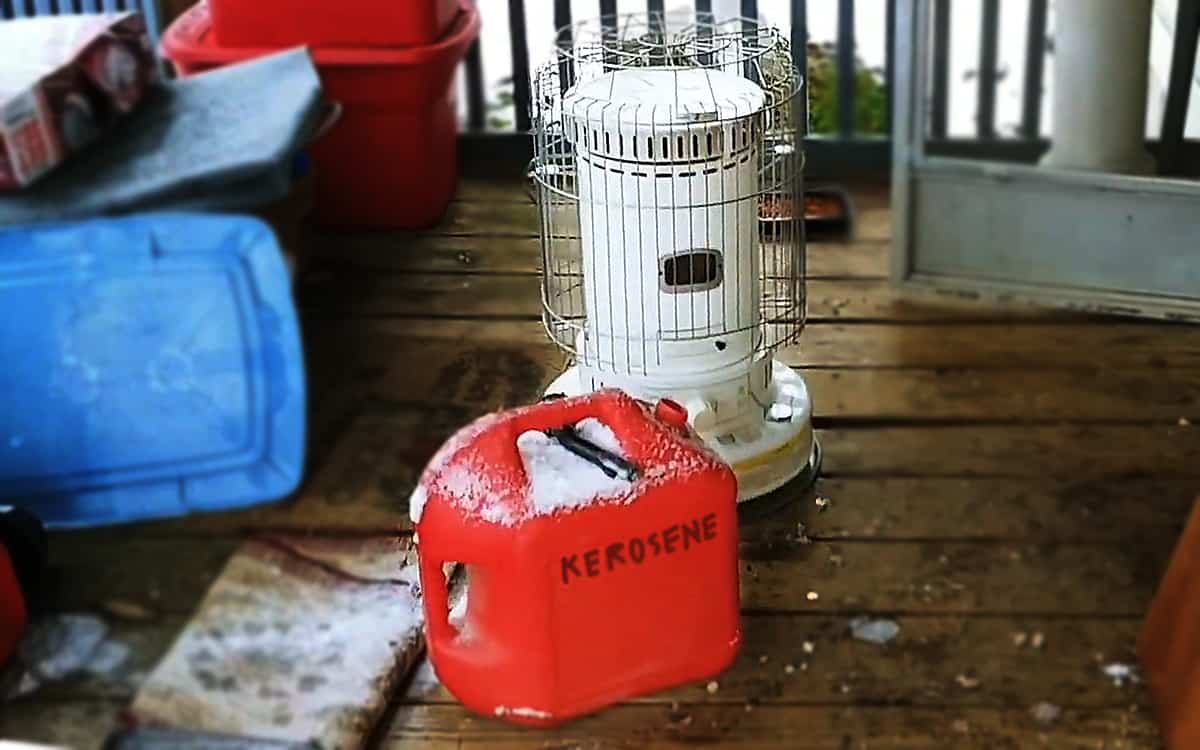
Take the tank or the entire heater outside before refilling. This prevents spillage on your carpet or furniture. Use a siphon tube and a fuel gauge. Wear rubber gloves so that the fuel won’t stick to your skin. This is a possible fire hazard and you might also experience skin irritations.
Keep the heater off until after you’re done refilling the tanks. After you’re done refilling the tanks, seal the lid tightly. Check for any excess and then wipe them off before turning the heater on.
Warm Up The Heater
Refrain from immediately starting up your heater. Allow the wick to soak in the diesel for thirty minutes before turning it on. The soaking process will allow the diesel to travel up the wick so that the entire wick will be wet and ready for burning. If you immediately light the wick, the fire will burn the wick instead of the fuel, hence leading to charring and the need to cut off the damaged parts.
Avoiding Unpleasant Smell
Burning diesel usually has strong and unpleasant smells that can make you uncomfortable. It’s a bad sign when there’s a lot of smoke and odor when you’re using the heater. That means there’s not enough air coming into the heater. This is why it’s important to place the heater in a well-ventilated area.
Do the necessary changes in ventilation until the smoke and odor dissipate. This will allow your heater to run for hours on end while retaining normal oxygen levels and zero CO levels. You can still expect some smoke and unpleasant smells when you initially turn on the heater as well as when you turn it off. This is normal.

